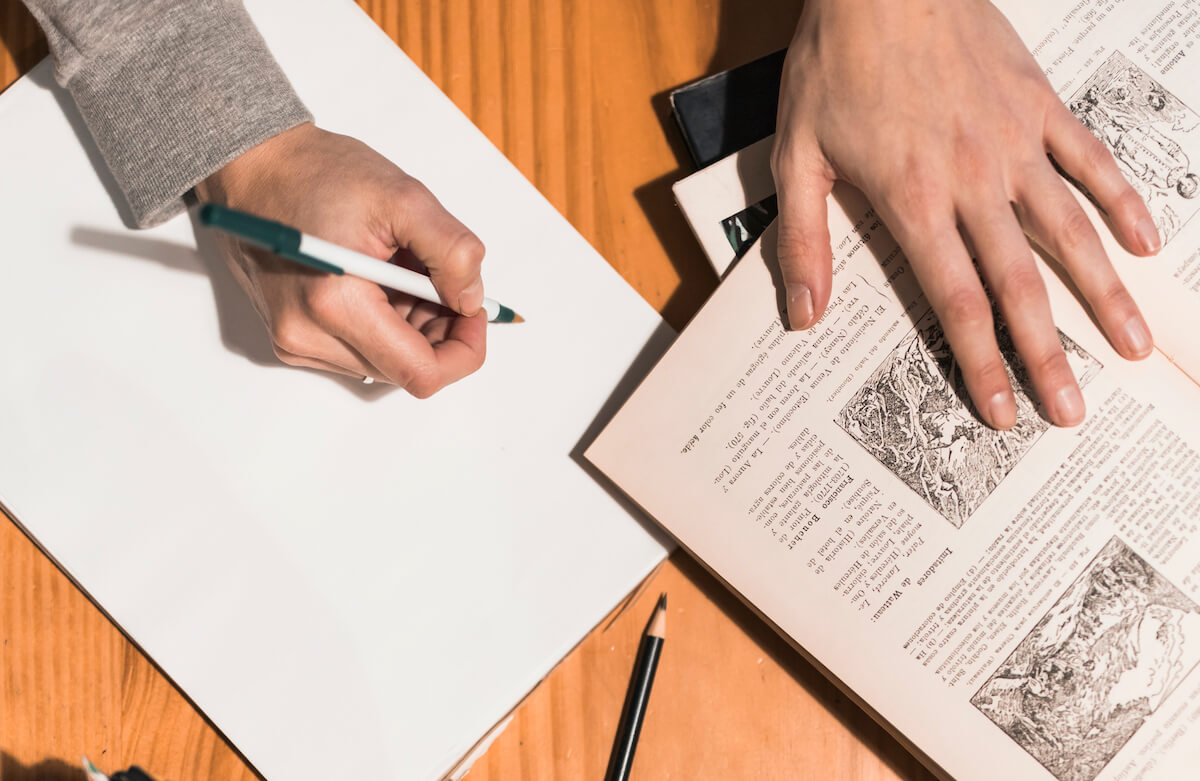
Baybayin, one of the ancient pre-colonial writing systems used by early Filipinos, comes from the Tagalog root word baybay, which means to spell. It dates back way before the Spaniards reached our shores through the 18th century.
It is called an alpha syllabary, a segmental writing system in which consonant-vowel sequences are written as a unit. Every character is based on a consonant letter with a vowel notation indicating the corresponding vowel sound. Baybayin has 14 syllabic consonant characters, 15 if the da and ra consonants are separated, and three vowel characters: a, e-i, and o-u.
The use of Baybayin has reemerged in recent years. Various government and non-government organizations, cultural groups, artists, and others have revived this ancient writing system, while schools, workshops, and lectures have begun actively teaching it. Words written in Baybayin script have been printed on clothing, posters, accessories, tote bags, and even on the current Philippine Peso bills. Many have also gotten Baybayin tattoos. It has also been used in public places such as airports and new coffee shops.
The Origins of Baybayin
Baybayin is a pre-colonial Philippine writing system. According to historical records, it belonged to the Brahmic family and was being used as early as the 16th century. Some resources and documents attributed this old writing system with the name Alibata, but this has been corrected.
In 1604 and 1609, the Spanish friars Pedro Chirino and Antonio de Morga remarked that Baybayin was widely recognized and that it was typically used for poetry and other personal works. Yet, to historian William Henry Scott, some datus (a leader or ruler) from the 1590s could not sign affidavits or oaths, and witnesses could not sign land deeds in the 1620s. The history of Baybayin and the date when this literacy level was first attained have yet to be discovered.
There are many conflicting theories about the origins of Baybayin, which vary from Malay to Vietnamese roots.
Kawi
Kawi is the earliest evidence of writing in the Philippines, originating in Java, Indonesia, and prevalent in much of Maritime Southeast Asia. It is theorized that Baybayin may have descended from Kawi because it is the earliest attestation of writing in the country.
It can be found in inscriptions such as the Laguna Copperplate Inscription and the Butuan Ivory Seal.
The Laguna Copperplate Inscription is the earliest known written legal document in the Philippines, with an inscribed date of 900 AD. It was written in the Kawi script in a variety of Old Malay, containing numerous loanwords from Sanskrit and a few non-Malay vocabulary elements, whose origin is ambiguous between Old Javanese and Old Tagalog. Kawi can also be seen in the Butuan Ivory Seal, though its history is unknown.
Old Sumatran scripts
Another hypothesis states that Baybayin originated from an old Sumatran script used to write one of the Malay languages, such as the Pallava script. Sumatra is said to date back to the seventh century.
Sulawesi
There are also theories that the Liboginese, or Makassarese from Sulawesi, Indonesia, were introduced, borrowed, and transformed into Baybayin.
Old Assamese
According to this theory, old Assamese, a dialect of the Eastern Nagari script that later became Baybayin, was brought to the Philippines through Bengal. Assamese is a variant of Eastern Nagari script, a precursor to Devanagari.
Cham
Finally, there are also theories that an early Cham script from Champa could have been introduced or adapted into Baybayin. Champa was a collection of independent Cham polities in southern Vietnam and southeastern Cambodia.
Why We Should Preserve the Writing System

When it comes to the reasons why we should preserve Baybayin, appreciating Filipino culture is a given. This can be done in many ways, most of which we already do through the reemergence of Baybayin through pop culture. Baybayin can be used in Filipino businesses, art, clothing, and more.
Preserving Baybayin is a part of remembering our prehistoric Filipino roots before foreign settlements. It is an acknowledgment of everything that our ancestors lived and fought for.
However, keeping Baybayin alive goes beyond social and political reasons. There are a lot of practical benefits in learning it, too, especially when it comes to literally digging up our historical past. If we make archeological discoveries, such as artifacts with prehistoric Filipino writings, preserving and understanding Baybayin could help decode this information.
Fortunately, Filipino mathematicians have recently developed an intelligent system that converts Baybayin words to the Latin alphabet to make the writing system more accessible to the public. For three months, associate professors Dr. Renier Mendoza, Dr. Rachelle Sambayan, and Rodney Pino, a graduate student of the Institute of Mathematics at the University of the Philippines Diliman, collected over a thousand images of each Baybayin character. They ran them through an optical character recognition (OCR) system to classify the Baybayin script from Latin characters. After identifying the Baybayin words, the researchers used the support vector machine (SVM) character classifier to convert each word to Latin characters.
According to Dr. Mendoza, Dr. Sambayan, and Pino, this is most likely the “first system that discriminates, at the block level, the Baybayin script from Latin.” They intend to refine the OCR system and make it grasp more of the context of Baybayin words and phrases. This can lead to a fully qualified translator.
The researchers expect that the study and the succeeding research on Baybayin transliteration will give a deeper understanding of the writing system. There is hope in the preservation of Baybayin.
The Future of Baybayin
The question about the future of Baybayin persists: What do we do with it now that we are already using a different writing system?
For practical reasons, the Philippines would still likely utilize its writing system that is currently in use. The Philippines is already struggling with raising its literacy rates, so changing the current writing system into Baybayin would not be practical.
Languages and cultures change, so there is still a possibility of Baybayin being used much more in the future, even for business, marketing, and promotional purposes.
Regardless, Baybayin will continue to be a modern social movement—a symbol of our community and national identity. Baybayin will always remain significant to our Filipino culture.

Check out our House and Lot for Sale Properties
Discover our house and lot for sale properties in the Philippines


